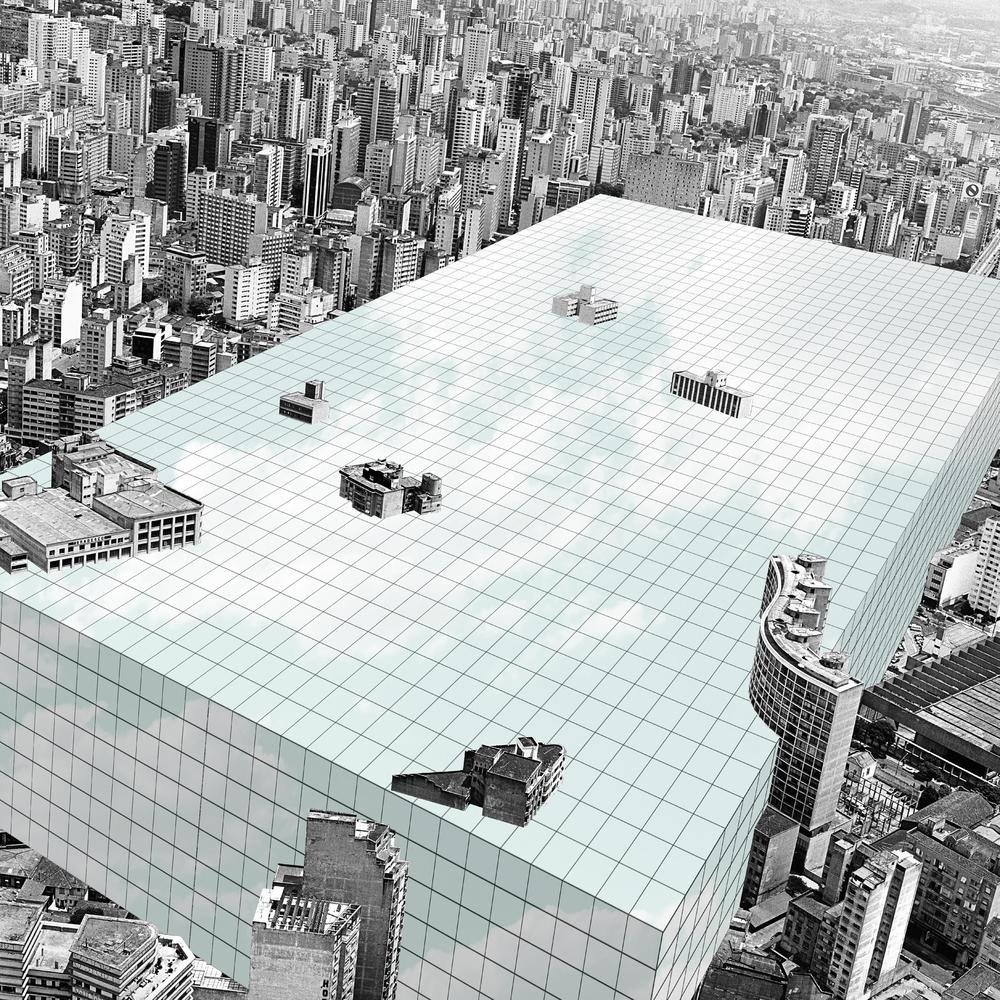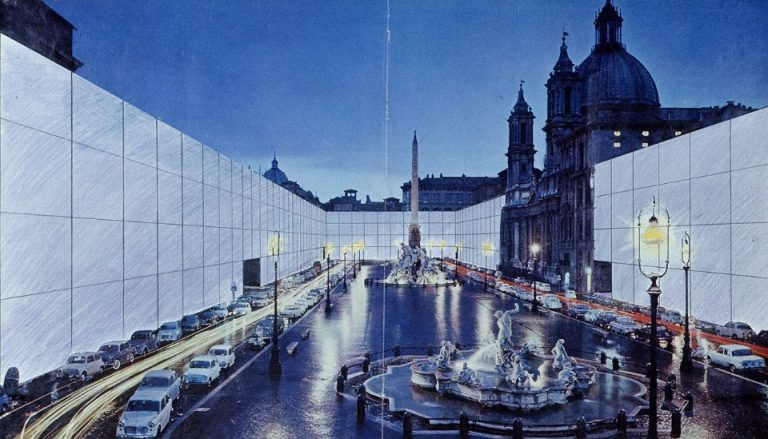
Jul 19•2 min read
... About Digital Urban Systems

We are lately seeing how informatics systems and digital services are enhanced and begin to integrate into the city. You just need to think about the concept of Smartcity to understand how the vision of our city is changing.
All that raises a series of questions, how this relationship has to be?
There are digital realities that make up our times. Companies such as Facebook or Google, pillars of the information and communication digitalisation that mark guidelines about the use of the city and the public space.


source: thevision.com
What we see today, as the American researcher Bryan Boyer says, is that the scale of these systems -the city and the digital one- is different. The question we have to ask ourselves is whether we want the continuous growth of internet companies power, that are transferred to the foundation of city development or we want to adopt a more active, critical and evolutionary position in society.
On the other hand, there is more and more consensus than city management, at this iper-centralised level, causes a lost of space identity, an inefficiency of services and also a mechanisation of social interactions. The solution to this issue could be the enhancement of micro-urban and local realities, such as associations, interactive governance participative platforms, or simply group of people sharing the same area and vision.
Having only a macro vision of the city management can be naive and obsolete.
Today we need to let the spontaneous and natural governance methods of the city raising from the people, in order to guide this interaction process with the ecosystem, in the same way neurons create synapses between them in the brain.
In this perspective is embedded the quest for integration and balance in our urban systems.
We will need to switch radically the aesthetics of design in urban services, such as transports, public lighting, urban furnitures etc... Leaving behind the old rationalist design habits.
More info:
